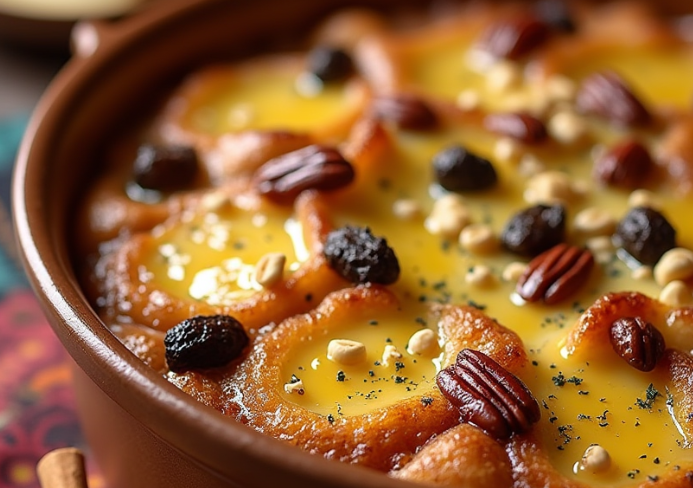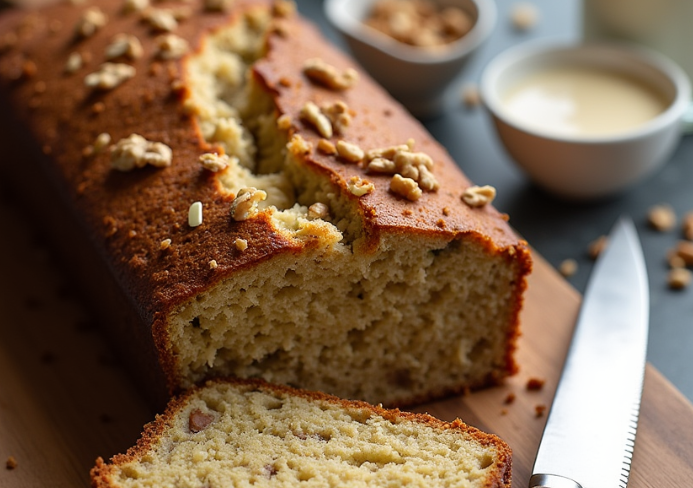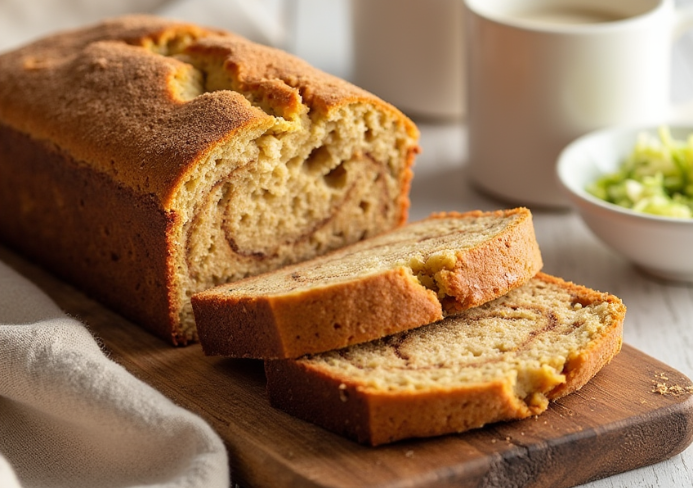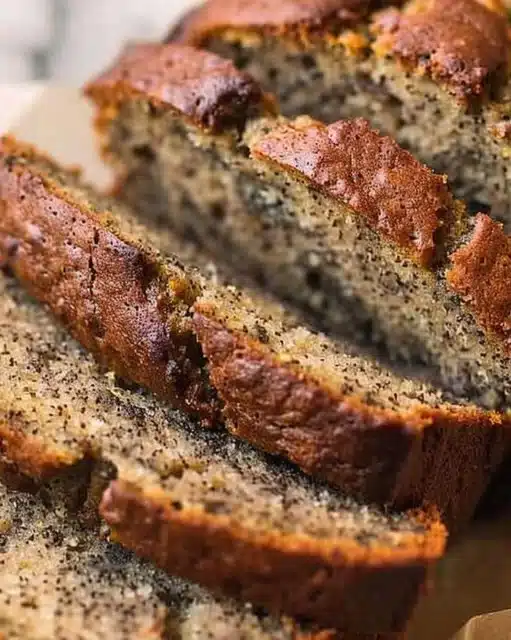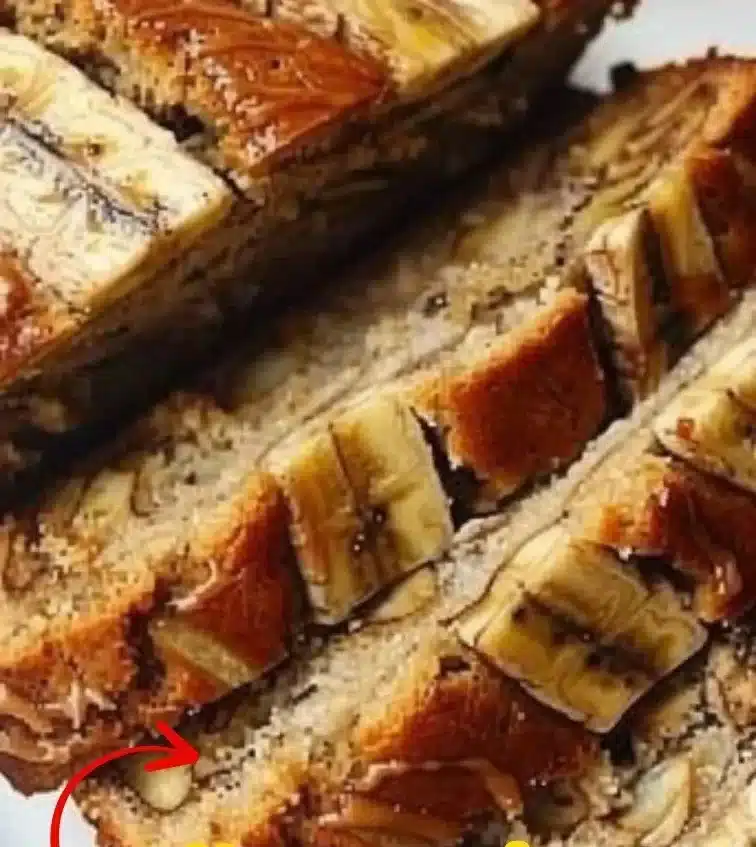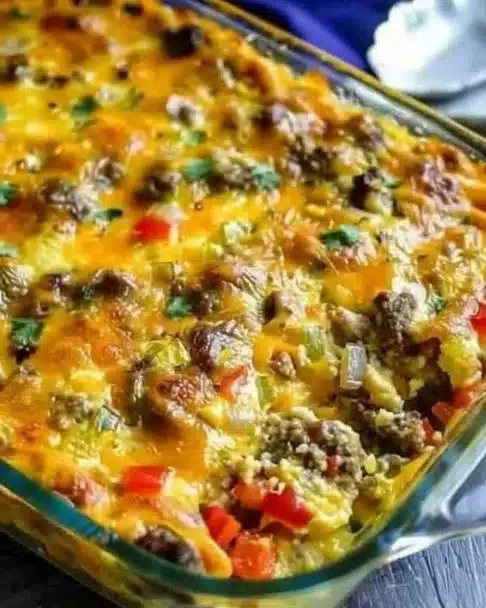Capirotada (Mexican Bread Pudding) Recipe: A Delicious Tradition
Capirotada, also known as Mexican bread pudding, is a treasured dish with deep cultural and religious roots. It’s not just a dessert—it’s a symbol of tradition, history, and faith, particularly during Lent and Holy Week across Mexico and Mexican-American households. With its warm blend of toasted bread, piloncillo syrup, dried fruits, nuts, and cheese, capirotada offers a unique balance of sweet and savory that connects generations.
What makes capirotada truly special is its ability to preserve centuries-old culinary customs. Its ingredients are more than just pantry staples—they each represent elements of the Passion of Christ, turning this humble dish into a spiritual experience. Understanding its background adds meaning to every bite. Explore the historical background of capirotada and see why this dish is much more than meets the eye.
Even the ingredients used—like Mexican cinnamon, queso fresco, and piloncillo—hold cultural significance. These unique components may be unfamiliar to some, but they’re essential to creating the rich, layered flavor of authentic capirotada. If you’re new to Mexican cooking, learning what makes Mexican cinnamon unique or understanding piloncillo will deepen your appreciation and help you cook it right.
Table of Contents
What Is Capirotada?
Capirotada is a traditional Mexican dish made primarily from:
- Stale or toasted bolillo bread (a type of Mexican roll)
- Piloncillo (unrefined cane sugar)
- Cinnamon sticks and cloves
- Raisins, dried fruits, and nuts
- Cheese (usually queso fresco or Monterey Jack)
Though commonly categorized as a dessert, it often blurs the line between savory and sweet, making it suitable as a Lenten meal or breakfast dish.
The Cultural and Religious Significance
Capirotada isn’t just a seasonal treat—it’s rooted in centuries of religious tradition:
- The bread represents the body of Christ.
- The syrup (made from piloncillo and cinnamon) symbolizes His blood.
- Cloves represent the nails of the crucifixion.
- Cheese represents the Holy Shroud.
It’s traditionally served during Holy Week, especially on Good Friday, when many Catholics avoid meat.
Key Ingredients and Their Symbolism
Each ingredient in capirotada serves a purpose—both culinary and spiritual:
- Bolillo or French bread – Best when stale or toasted for a sturdy base.
- Piloncillo syrup – Made by simmering piloncillo, cinnamon sticks, and sometimes cloves with water.
- Dried fruits – Raisins and sometimes pineapple or bananas add sweetness and texture.
- Cheese – Queso fresco, cheddar, or Monterey Jack melts into creamy pockets.
- Nuts – Usually peanuts or pecans for crunch.
- Butter – Adds richness when toasting the bread.
Modern variations may include coconut, sweetened condensed milk, or even chocolate.
Regional and Modern Variations
While the traditional recipe is beloved, regional styles and dietary needs have led to creative twists:
- Northern Mexico tends to use more savory cheese and dried fruits.
- Capirotada blanca omits piloncillo for a lighter version.
- Vegan or gluten-free capirotada uses plant-based cheese and gluten-free bread.
- Gourmet versions feature unique layers like orange zest, Mexican vanilla, or artisanal cheeses.
Tools and Equipment Needed
To make capirotada, gather the following:
- Large casserole dish or deep baking pan
- Medium saucepan (for syrup)
- Baking sheet (if toasting bread in the oven)
- Cooking brush (for buttering bread)
- Aluminum foil (optional for covering during baking)
Ingredient Sourcing Tips
If you’re outside of Mexico or the southwestern U.S., finding authentic ingredients may require some hunting:
- Piloncillo is available in Latin markets or online.
- Mexican cinnamon (canela) is softer and more fragrant than Cassia cinnamon.
- Bolillo can be substituted with French bread or sourdough if necessary.
- Queso fresco is commonly found in Hispanic sections of grocery stores or replaced with mild feta.
Step-by-Step Capirotada Recipe
Here’s how to make a classic batch of capirotada:
Ingredients:
- 1 loaf of bolillo or French bread, sliced and slightly stale
- 1½ cups piloncillo, chopped
- 2 cinnamon sticks
- 2 cups water
- ½ cup raisins
- ½ cup chopped nuts (peanuts or pecans)
- 1 cup shredded cheese (Monterey Jack or queso fresco)
- ¼ cup butter
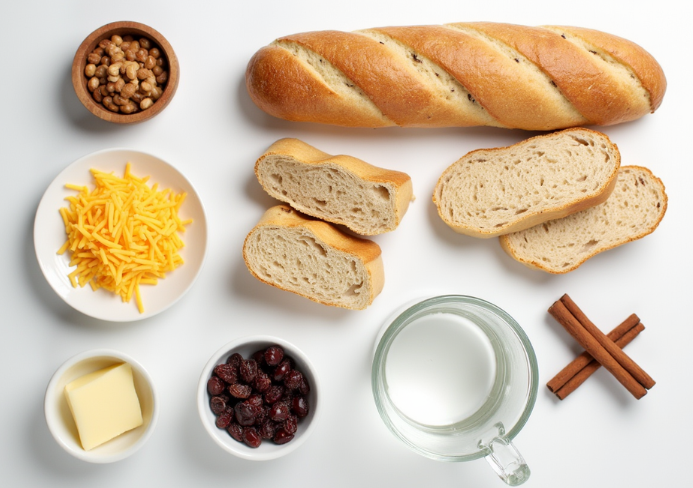
Instructions:
- Preheat oven to 350°F (175°C).
- Make the syrup: In a saucepan, combine water, piloncillo, and cinnamon sticks. Bring to a boil, reduce to simmer, and cook until syrupy (15–20 minutes).
- Toast the bread: Lightly butter each slice and toast in the oven or on a skillet until golden.
- Layer the casserole:
- First, a layer of bread
- Then raisins, nuts, and cheese
- Repeat until ingredients are used up
- Pour syrup over the entire dish slowly to allow absorption.
- Bake uncovered for 30 minutes until bubbly and golden.
- Let cool for at least 15 minutes before serving.
Tips for Perfect Capirotada
- Use stale bread—it holds its shape better and won’t get soggy.
- Pour syrup slowly so it’s evenly absorbed.
- Don’t skip the resting time after baking—it enhances flavor.
- Use foil if the top is browning too fast.
Serving Suggestions
Capirotada can be enjoyed:
- Warm, as a dessert or breakfast
- With café de olla or spiced Mexican hot chocolate
- Cold the next day as a sweet snack
It pairs beautifully with:
- Atole (corn-based hot beverage)
- Light fresh fruit on the side
- Whipped cream or yogurt for contrast
Storage and Reheating
Capirotada stores well and may taste even better the next day:
- Refrigerate in a sealed container for up to 5 days.
- Freeze in portions for up to 1 month (wrap tightly).
- Reheat gently in the oven or microwave, adding a splash of milk or syrup if dry.
Nutrition and Dietary Notes
Capirotada is rich and satisfying:
- Roughly 250–300 calories per serving
- Easily adapted for dietary needs
- Dairy-free: use vegan cheese
- Gluten-free: use gluten-free bread
- Low-sugar: cut down on piloncillo or replace with stevia syrup
Frequently Asked Questions (FAQs)
What is capirotada made of?
Traditional capirotada includes toasted bread, piloncillo syrup, raisins, cheese, and nuts.
Is capirotada served hot or cold?
It’s often served warm, fresh from the oven, but it’s also delicious chilled the next day.
What kind of cheese is used in capirotada?
Queso fresco, Monterey Jack, or even cheddar can be used—soft cheeses that melt gently are best.
Why is capirotada eaten during Lent?
It’s a meatless dish rich in symbolism, making it perfect for Catholic observance during Holy Week.
Can I use other types of bread?
Yes—any sturdy, stale bread works. French baguette, sourdough, or even brioche can be used.
Is capirotada a dessert or a meal?
It’s traditionally a dessert, but its hearty nature allows it to be enjoyed as a breakfast or light meal.
Capirotada (Mexican Bread Pudding) Recipe: A Delicious Tradition
- Total Time: 50 minutos
- Yield: 6 a 8 porciones
Description
Esta capirotada tradicional combina pan tostado, pasas, nueces y queso con un jarabe dulce de piloncillo y canela. Horneada hasta quedar dorada y burbujeante, es un postre mexicano reconfortante y perfecto para celebraciones o cualquier ocasión especial.
Ingredients
- 1 bolillo o pan francés, en rebanadas (ligeramente duro)
- 1½ tazas de piloncillo rallado o picado
- 2 ramas de canela
- 2 tazas de agua
- ½ taza de pasas
- ½ taza de nueces picadas (cacahuates o nuez pecana)
- 1 taza de queso rallado (Monterey Jack o queso fresco)
- ¼ taza de mantequilla
Instructions
- Precalentar el horno: A 175°C (350°F).
- Preparar el jarabe: En una cacerola, combina el agua, el piloncillo y las ramas de canela. Lleva a ebullición, luego reduce el fuego y deja hervir a fuego lento durante 15–20 minutos hasta que espese ligeramente. Retira del fuego y reserva.
- Tostar el pan: Unta cada rebanada con un poco de mantequilla y tuéstalas en el horno o en sartén hasta que estén doradas y crujientes.
- Armar la capirotada: En una fuente para horno engrasada, coloca una capa de pan tostado, luego una capa de pasas, nueces y queso. Repite las capas hasta terminar los ingredientes.
- Verter el jarabe: Con cuidado, vierte el jarabe caliente sobre el pan, permitiendo que se absorba lentamente.
- Hornear: Hornea la capirotada sin cubrir durante 30 minutos, o hasta que esté dorada y burbujeante.
- Enfriar: Deja reposar al menos 15 minutos antes de servir. Puede disfrutarse tibia o a temperatura ambiente.
Notes
Si deseas una textura más húmeda, puedes preparar un poco más de jarabe y verterlo justo después de hornear. También puedes añadir plátano en rodajas, coco rallado o chispas de colores para una versión festiva.
- Prep Time: 20 minutos
- Cook Time: 30 minutos
- Category: Postre tradicional
- Method: Horneado
- Cuisine: Mexicana

